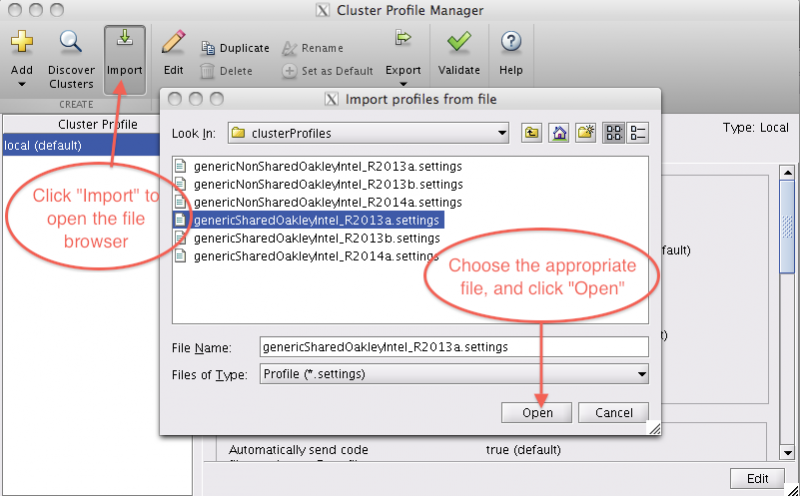

See /trademarks for a list of additional trademarks. MATLAB and Simulink are registered trademarks of The MathWorks, Inc. Founded in 1984, MathWorks employs more than 3000 people in 15 countries, with headquarters in Natick, Massachusetts, USA. MATLAB and Simulink are also fundamental teaching and research tools in the world's universities and learning institutions. Engineers and scientists worldwide rely on these product families to accelerate the pace of discovery, innovation, and development in automotive, aerospace, electronics, financial services, biotech-pharmaceutical, and other industries. Simulink is a graphical environment for simulation and Model-Based Design for multidomain dynamic and embedded systems. MATLAB, the language of technical computing, is a programming environment for algorithm development, data analysis, visualization, and numeric computation. MathWorks is the leading developer of mathematical computing software. For more information, see R2014a Release Highlights. Optimization Toolbox with MILP solver is available immediately in Release 2014a (R2014a). "By including the mixed-integer linear programming solver in Optimization Toolbox, MathWorks is enabling users to build and deploy decision support systems based on MILP that can be used throughout the enterprise." "Analysts and engineers use MILP to find the optimal solutions to common business problems such as portfolio optimization, resource allocation, and scheduling," said Seth DeLand, technical marketing manager, MathWorks. Instead of rounding the solution from a traditional continuous solver, which often violates problem constraints, a MILP solver finds the optimal integer solution. Similarly, variables that represent the on/off state of power generators require binary values (0 or 1). The language, tools, and built-in math functions enable you to explore multiple approaches and reach a solution. Using MATLAB, you can analyze data, develop algorithms, and create models and applications. For example, variables that represent stock shares to purchase must be integer values to execute a trade. MATLAB® is a high-level language and interactive environment for numerical computation, visualization, and programming. Many business problems require MILP algorithms to find answers that are integer numbers. The new solver can be used with MATLAB deployment products to create standalone applications based on MILP and to integrate algorithms that use MILP with other languages such as Java and. Tools based on MILP can result in significant financial gains and savings in applications such as portfolio optimization and resource allocation. Now available as part of Optimization Toolbox with Release 2014a, this new solver gives users the ability to solve optimization problems that require integer solutions, such as decisions on the number of stocks to buy or sell.įor problems requiring integer solutions, algorithms that employ integer programming techniques enable companies to make optimal decisions. The training is stopped after very few iterations (1 or 2). but at the end, all the weights and biases are zero except the bias corresponding to the last layer.

I don't know that in 2014a, train will automatically initialize if all weights are zeros.
MATLAB 2014A TOOLBOX CODE
Toolbox algorithms support C/C++ code generation for integrating with existing code, desktop prototyping, and embedded vision system deployment.MathWorks today announced the addition of mixed-integer linear programming (MILP) to MATLAB. Hi Greg, I use matlab 2014a and several training functions (trainlm, trainbr, trainscg.). You can accelerate your algorithms by running them on multicore processors and GPUs. Pretrained models let you detect faces, pedestrians, and other common objects. The toolbox provides object detection and segmentation algorithms for analyzing images that are too large to fit into memory. For semantic and instance segmentation, you can use deep learning algorithms such as U-Net and Mask R-CNN.

You can train custom object detectors using deep learning and machine learning algorithms such as YOLO v2, SSD, and ACF. Computer vision apps automate ground truth labeling and camera calibration workflows. For 3D vision, the toolbox supports visual and point cloud SLAM, stereo vision, structure from motion, and point cloud processing. You can automate calibration workflows for single, stereo, and fisheye cameras. You can perform object detection and tracking, as well as feature detection, extraction, and matching. Computer Vision Toolbox™ provides algorithms, functions, and apps for designing and testing computer vision, 3D vision, and video processing systems.


 0 kommentar(er)
0 kommentar(er)
